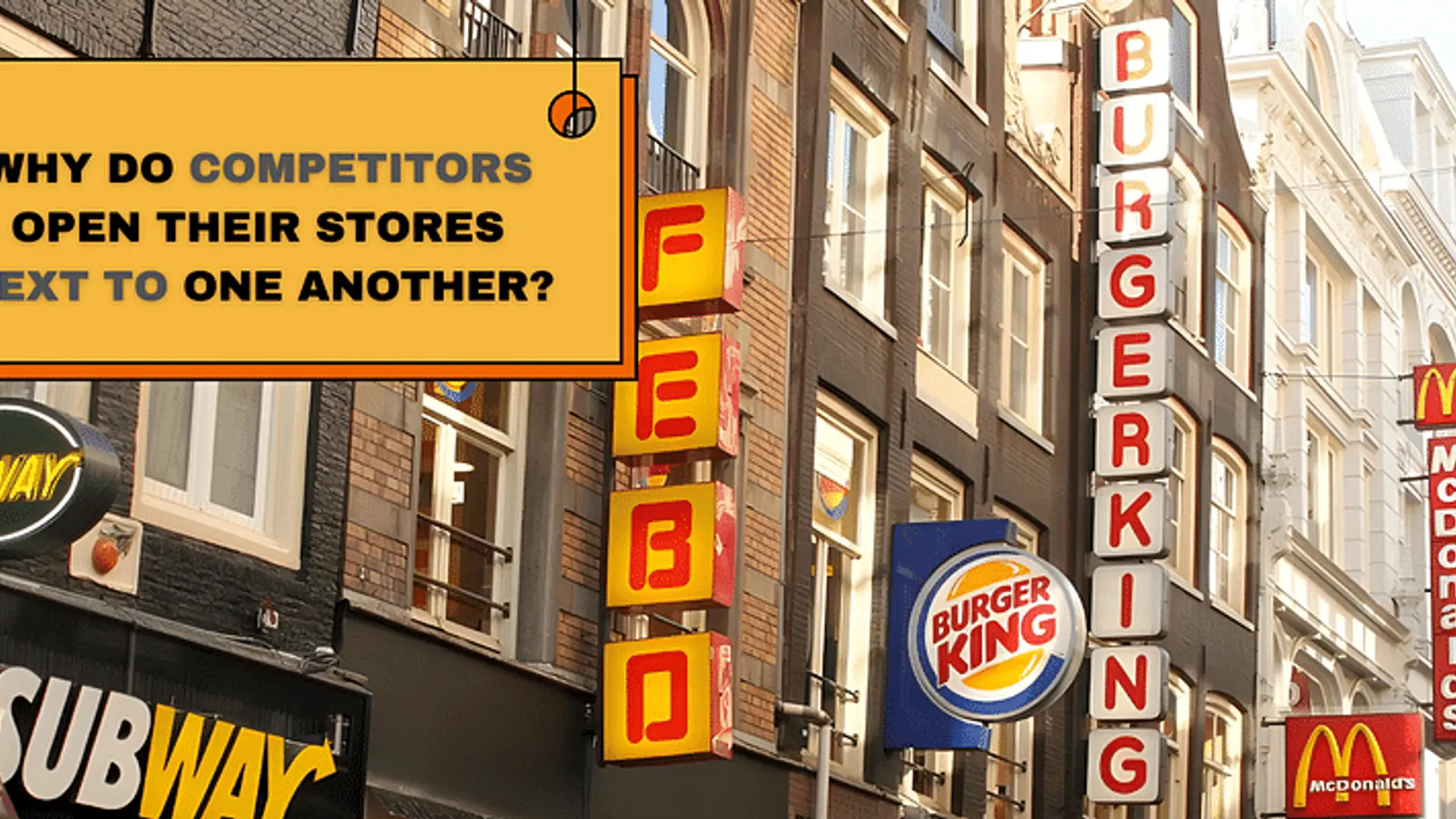How to find out if your CRM switch is a beneficial step for the organisation
While the promise of a CRM platform that allows companies to align sales and service automation all in one place is much sought after, the fulfillment of that promise often falls short. So what should you look for and expect from a modern CRM platform?
Building a winning CRM (Customer Relationship Management) strategy for your organisation is synonymous to building a dynamic football team, with team management being sacrosanct for success. The promise of customer relationship management can be captivating, but in practice it can be a risky affair.
When it works, CRM allows companies to gather customer data swiftly, identify the most valuable customers over time, and increase customer loyalty and retain them by providing customised products and services. It also helps minimise the costs of serving these customers and makes it easier to acquire similar customers down the road. But when CRM doesn’t work—which is often—it can lead to debacles.

Let’s start with technological underpinnings of an integrated CRM, because they determine the scope, speed, timing, security, and quality of any company’s customer interactions from the first touch through the entire lifecycle of a relationship. Once you gain clarity on the technology, which makes it possible to create a truly aligned and consistently great experience for both your team and your customers, you’ll be able to select a provider that can actually deliver on the promise. You’ll also feel more in control and gain peace of mind from knowing that you’re investing in the right technology to help you reach your customer and business goals.
While the promise of a CRM platform that allows companies to align sales and service automation all in one place is much sought after, the fulfillment of that promise — which relies on technology and data structures — often falls short. Why is that? What should you look for and expect from a modern CRM platform?
Horizontal CRM vs vertical CRM:
A vertical solution is often quite expensive, but typically includes built-in workflow processes, rules, and best practices for your specific industry. Everything from the screen design to the product’s nomenclature is industry-specific.
These products will have functionality specific to your business. It’s much easier, faster, and more efficient to grow your business by going an inch wide and a mile deep. One of the advantages of going for a vertical-based solution is that you may not require extensive customisation; however, every business workflow is different so some tailoring may be required.
There is an increasing verticalisation of the CRM market, according to Forrester Research. Not only are CRM apps more verticalised, but their depth is also increasing, with more support for industry regulations, integration with industry-specific apps, and available end-to-end processes. But if your business objective is to just manage existing accounts and contacts more efficiently and improve your sales effectiveness, then a quality horizontal CRM solution will serve you well.
Social CRM:
Businesses are built on relationships, and a CRM highlights the desire of customers to engage in collaborative conversations and helps boost relationships. Companies should adopt an omnichannel approach, not just to capture customer data from multiple social media platforms, but also design experiences for customers that make them offer tangible value in return in the form of attention, engagement, and advocacy.
A CRM should provide an unbeatable interface for hyper-individualised client experience due to the long stretches of the information accessibility in the organisations' CRM framework. Hyper-individualisation, known by the name "in depth” personalisation, is an encounter that conveys administration wherein customers feel the joy of being valued and esteemed because companies understand their necessities and recognise their requirements and needs. This gives a focused edge on customer experience and commitment.
Customer service beyond expectations with self-service:
Companies that provide an amazing customer experience will go a step further and thrive. Despite customers engaging with companies on different channels – customer support, social media, and stores and so on – they expect fast responses.
To achieve this, your customer service knowledge base and FAQs need to be easily accessible, up to date and visual through the use of images and videos. The self-service portal needs to be organised. When self-service support is done right, it allows the customer to find information quickly, can reduce the number of incoming calls or e-mails your support team receives, and leads to an excellent customer experience.
Live chat:
If you’re busy running a company while looking for new ways to make your employees more productive and efficient—all the while holding the line on expenses—then live chat is the perfect solution. No matter what your company’s business or story may be, now’s the time to seriously consider adding live chat to your customer service arsenal.
AI and cognitive computing puts a face on the often impersonal online world. Instead of being fed overused, canned responses, live chat connects customers to real people. Chat offers a human connection—establishing trust and reassuring visitors that there are actual human beings who care about their customers behind the scenes of your business right now. Live chat brings the advantages of in-person human interaction to the online world.
Mobile CRM:
This provides all the business insights on most of the devices that can be connected to the network. It is capable of real-time accessibility at any place and any time. This trend has seen a substantial growth this year and continue in the coming years because of advancements in the technological field and the increasing usage of mobile devices. And because of those CRM users using the system on their mobile phones and tablets it will grow significantly as well.
To grow in scale in the future, having a deep understanding of customers and a strong digital presence will lead to a seamless multi-channel experience, strong customer relations, and increased profitability. Companies that transform digitally have customers that are six times more likely to try a new product or service from their preferred brand, four times more likely to refer your brand, and two times more likely to make a purchase with their preferred brand, even when a competitor has something better to offer at a lower price.
(Edited by Evelyn Ratnakumar)
(Disclaimer: The views and opinions expressed in this article are those of the author and do not necessarily reflect the views of YourStory.)








